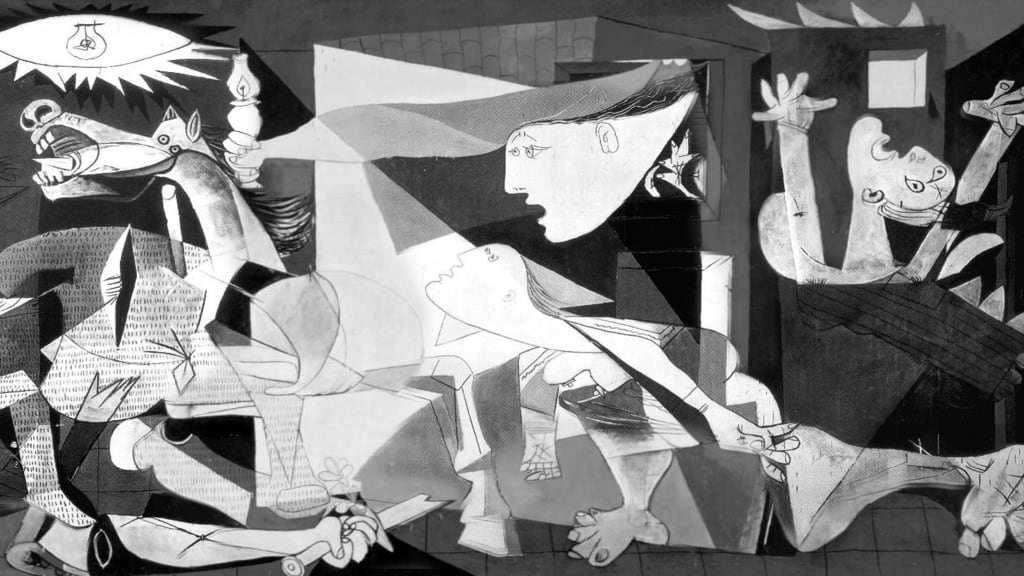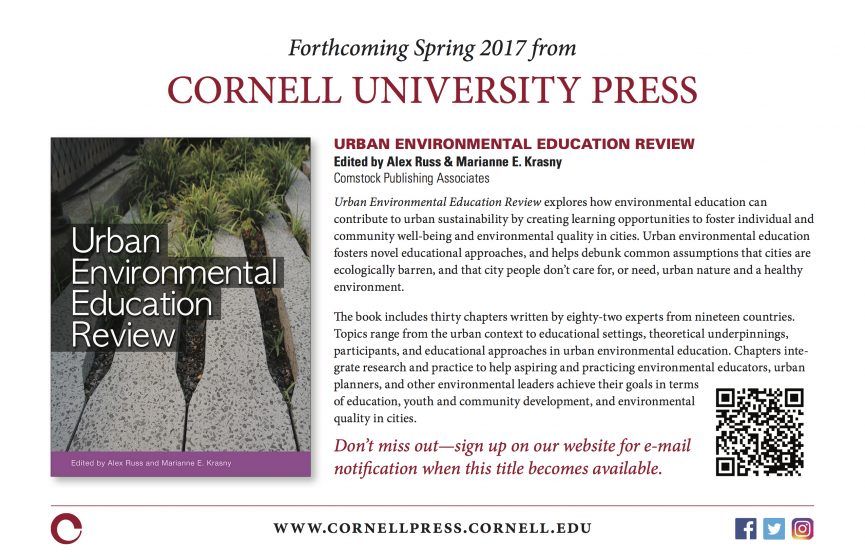As we attempt to link art and science to increase the power of each, ArtSciConverge encourages developing partnerships with other like-minded entities like museums, university programs, artist residencies, arts councils, and other cultural institutions.
But there may be potential allies we've been overlooking: religious organizations.
I was recently gob-smacked when a group of fundamentalist Christians disrupted a public meeting to promote a hands-off management strategy for addressing western wildfire, and to express their heartfelt belief that this was the best way to protect iconic wildlife. I didn't see that coming from a sector that, in my experience, has aggressively claimed stewardship over the Earth, and--often--an understanding that it was put here for us to use up before the Apocalypse. But it's good news for ArtSciConverge: we can work with that!
Throughout history, many religious traditions have addressed the challenge of human existence by withdrawing their practitioners from worldly life, or by adopting deeply cynical perspectives on the need to accelerate the arrival of an apocalyptic end. But, like art and science, religion can also be, and often is, used as a mechanism for understanding and shaping the world. Significant examples of religious engagement in the world's problems include:
Artists have not failed to notice all this. One excellent ongoing project is Reverend Billy's Church of Stop Shopping, whose Fundamentalist theatricality is twisted in service of a deep message of economic revolution.
But there may be potential allies we've been overlooking: religious organizations.
I was recently gob-smacked when a group of fundamentalist Christians disrupted a public meeting to promote a hands-off management strategy for addressing western wildfire, and to express their heartfelt belief that this was the best way to protect iconic wildlife. I didn't see that coming from a sector that, in my experience, has aggressively claimed stewardship over the Earth, and--often--an understanding that it was put here for us to use up before the Apocalypse. But it's good news for ArtSciConverge: we can work with that!
Throughout history, many religious traditions have addressed the challenge of human existence by withdrawing their practitioners from worldly life, or by adopting deeply cynical perspectives on the need to accelerate the arrival of an apocalyptic end. But, like art and science, religion can also be, and often is, used as a mechanism for understanding and shaping the world. Significant examples of religious engagement in the world's problems include:
- Engaged Buddhism. Founder Thích Nhất Hạnh interprets Buddhism is a way of linking authentic Buddhist practice—particularly mindfulness—with social action. The western efforts are centered in Loubes-Bernac, France and Berkeley, CA. This sect identifies an explicit social ethos present in the earliest recorded Buddhist teachings, and adopts the non-violent resistance of Mahatma Gandhi and Martin Luther King. Beside Hanh's efforts, the current Dalai Lama has expressed a need for Buddhists to be more involved in the socio-political realm, stating, "Buddhists have not acted vigorously to address social and political problems. In this, we have much to learn from the Christians." Engaged Buddhism is the model for the larger Engaged spirituality, which refers to religious or spiritual people who actively engage in the world in order to transform it in positive ways while finding nurture, inspiration and guidance in their spiritual beliefs and practices.
- Christianity has a long and checkered record of social engagement, a history that includes some of the most violent, oppressive and exploitative policies and episodes in recorded human history. Frankly, given current headlines, there is still too much of this and a long way to go to end it. But Christian organizations like the Sojourners work "to articulate the biblical call to social justice, inspiring hope and building a movement to transform individuals, communities, the church, and the world."
- Network of Spiritual Progressives. Founded as an interfaith organization in 2005 by Rabbi Michael Lerner in Berkeley, CA, the network seeks to influence American politics towards more humane, progressive values.
Artists have not failed to notice all this. One excellent ongoing project is Reverend Billy's Church of Stop Shopping, whose Fundamentalist theatricality is twisted in service of a deep message of economic revolution.










